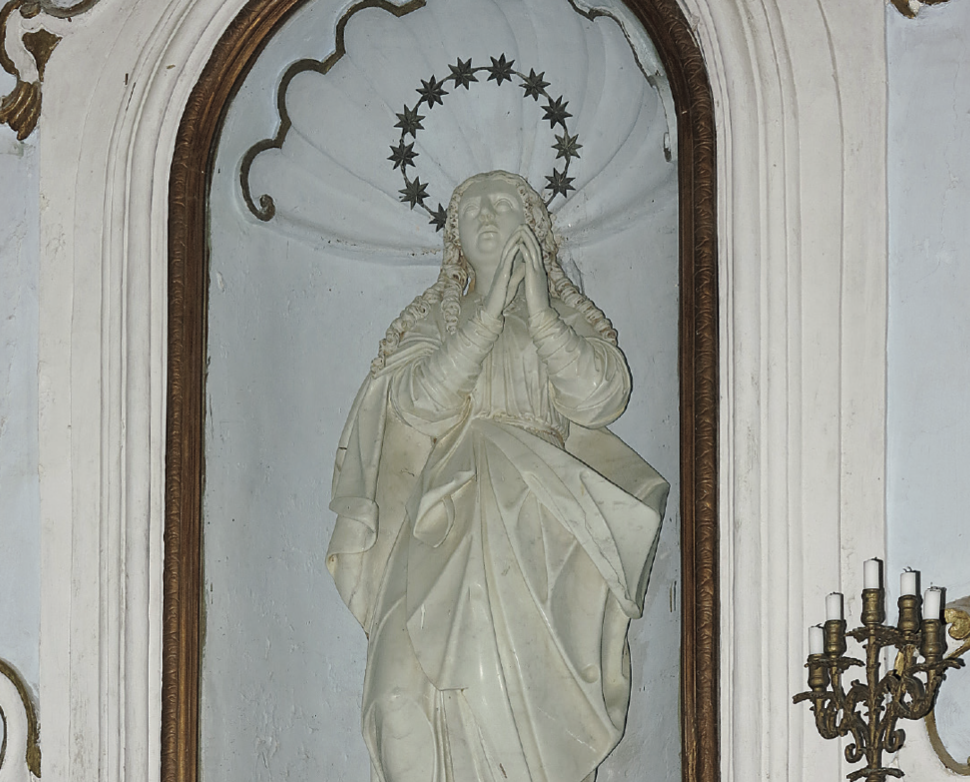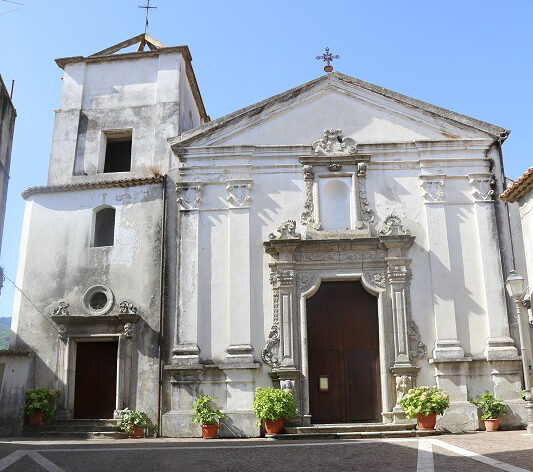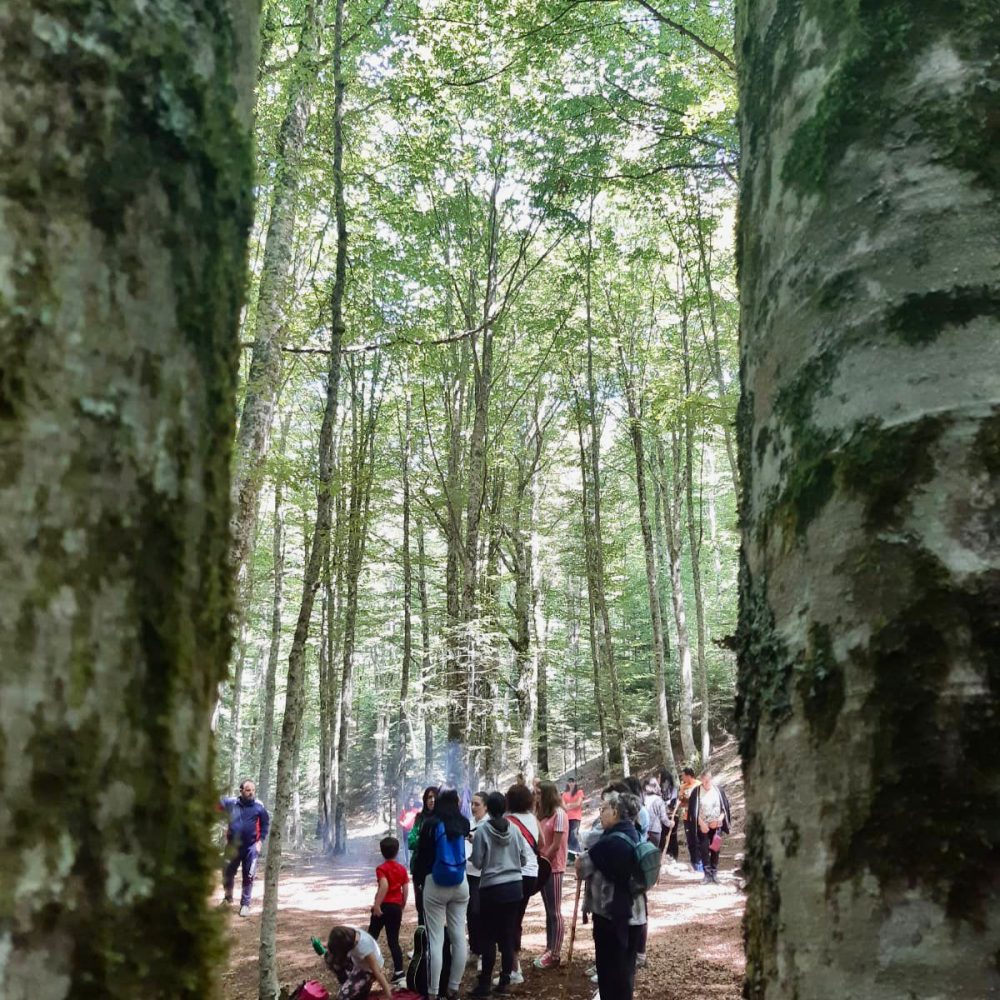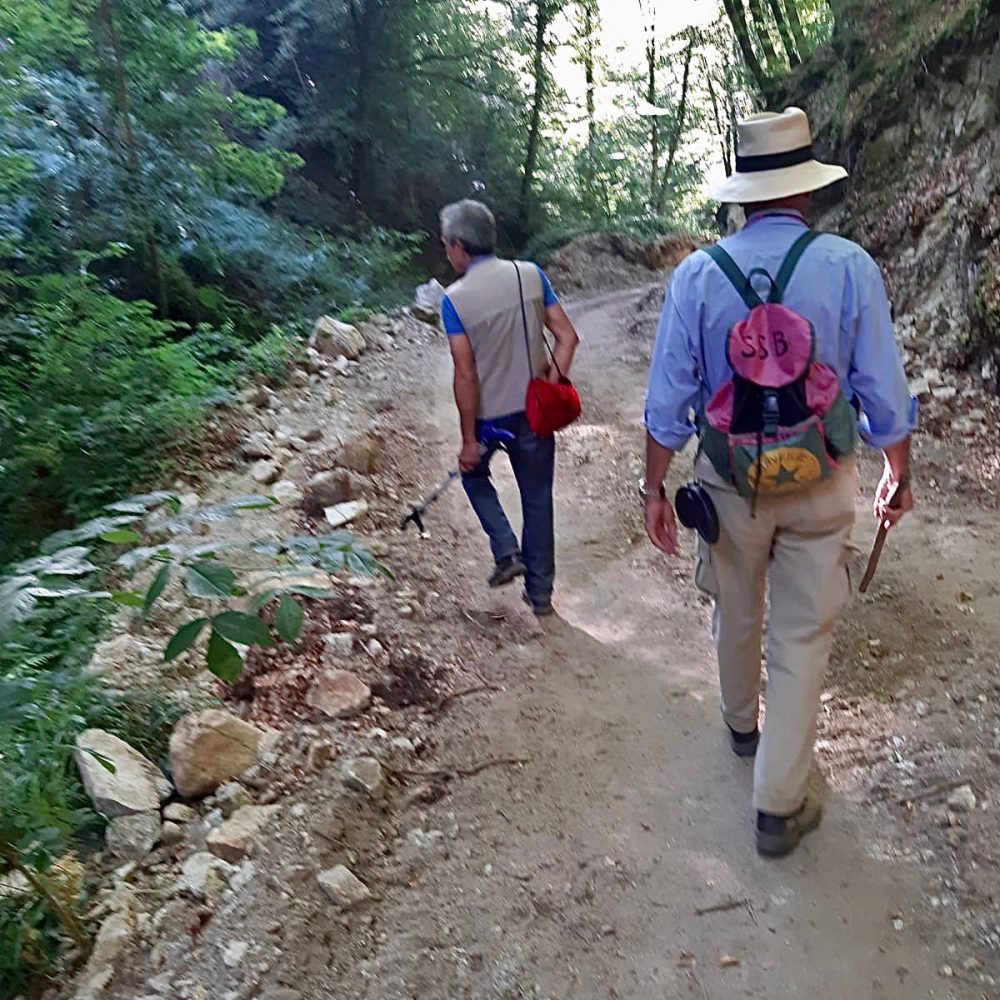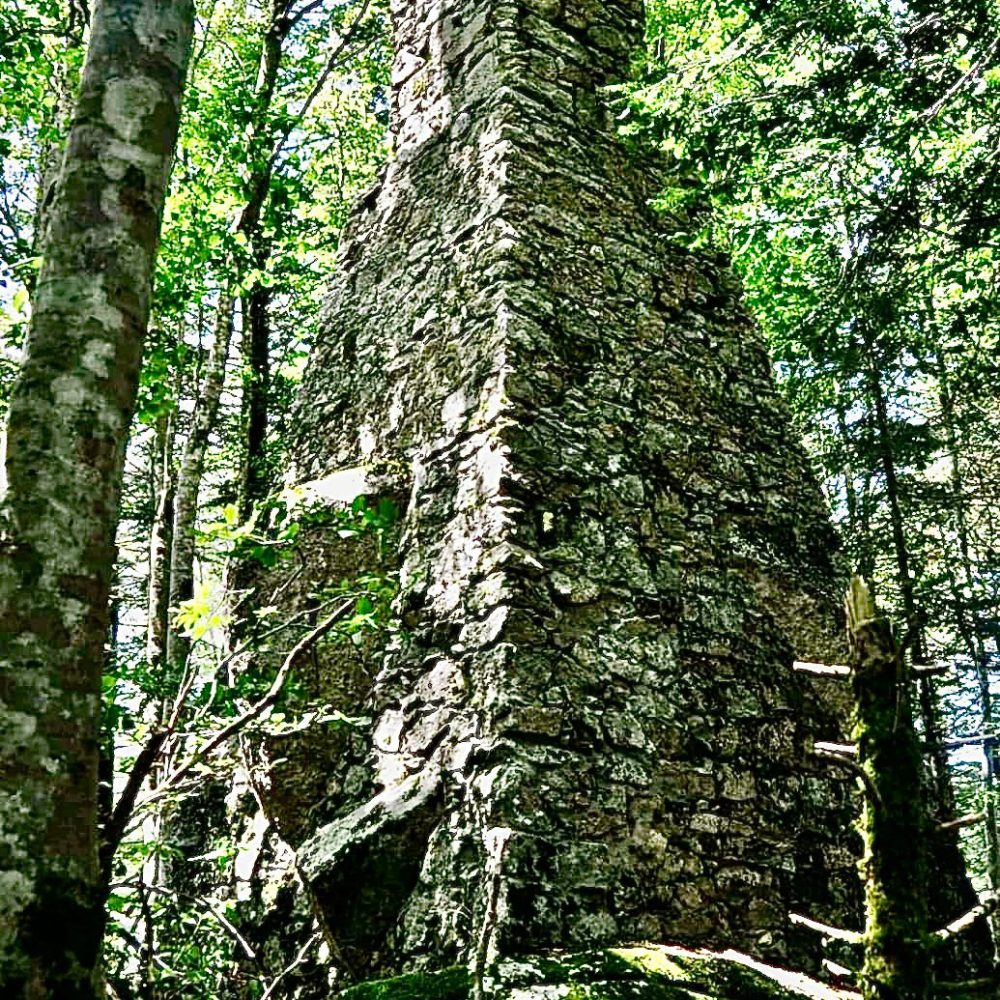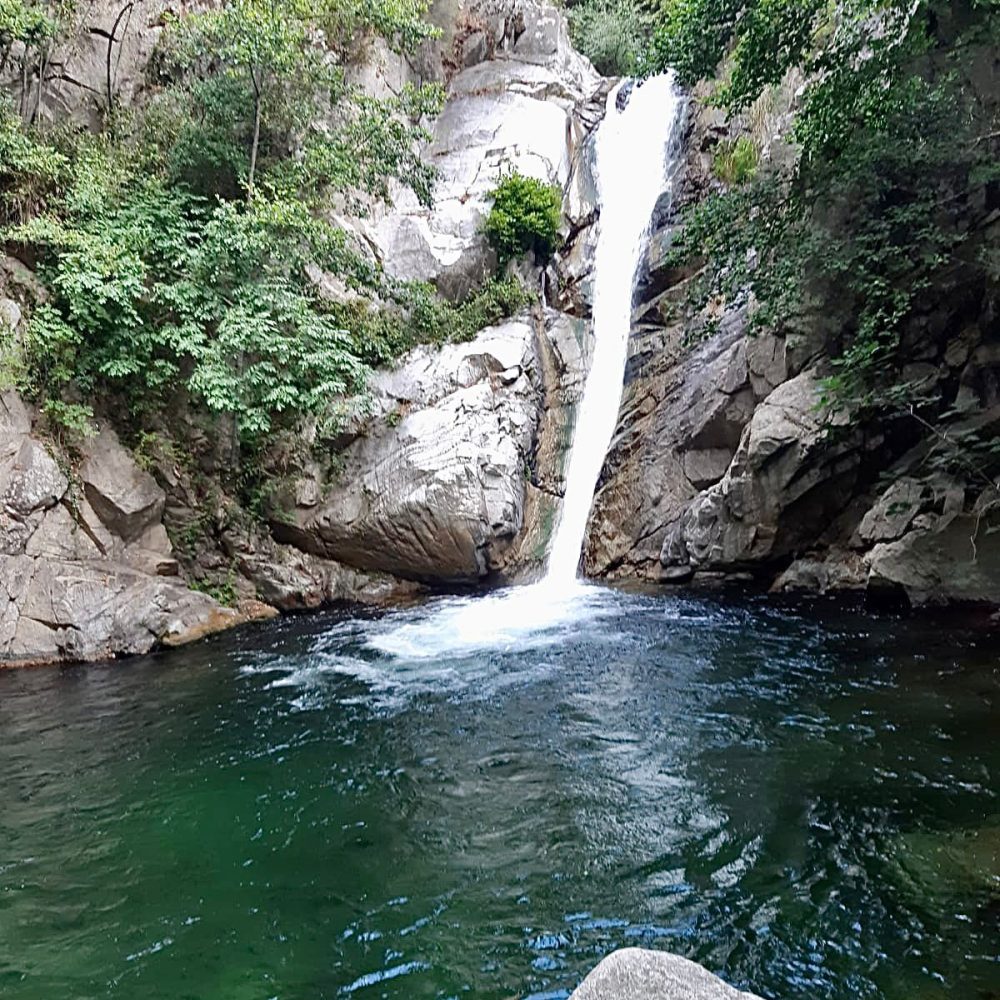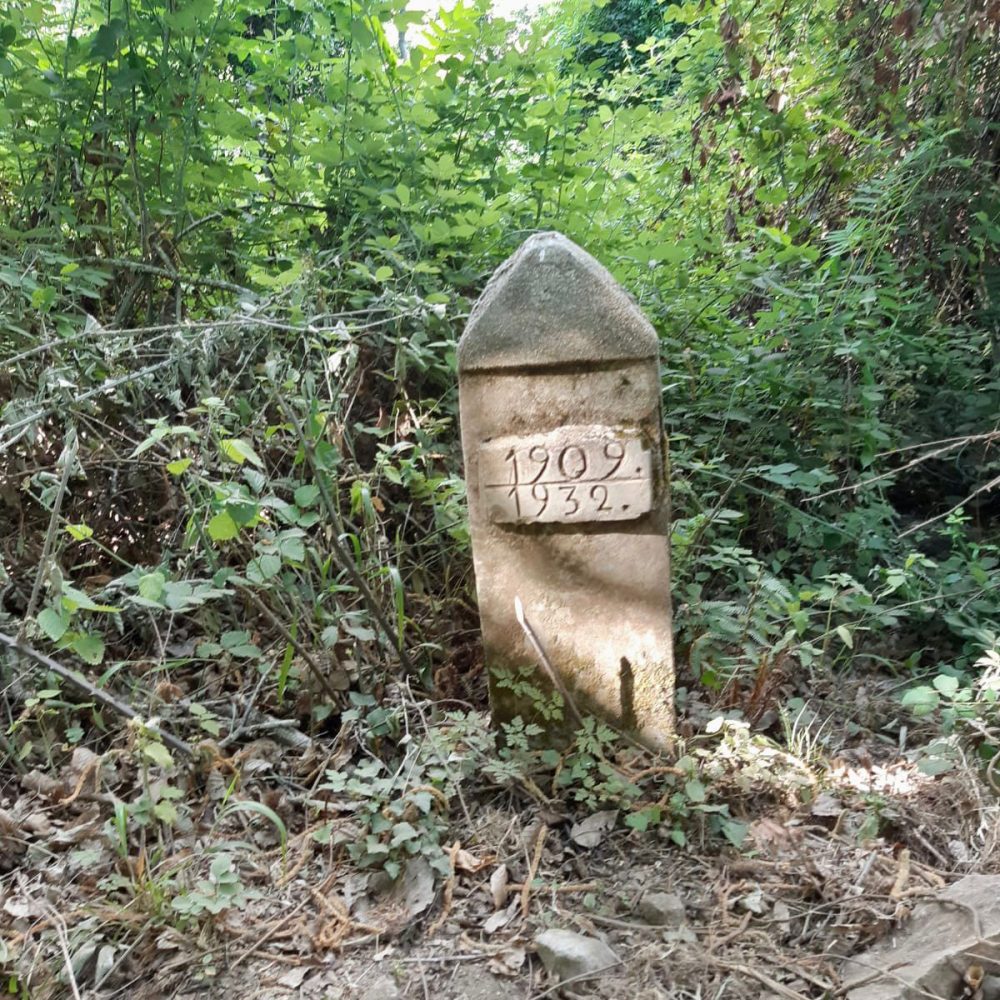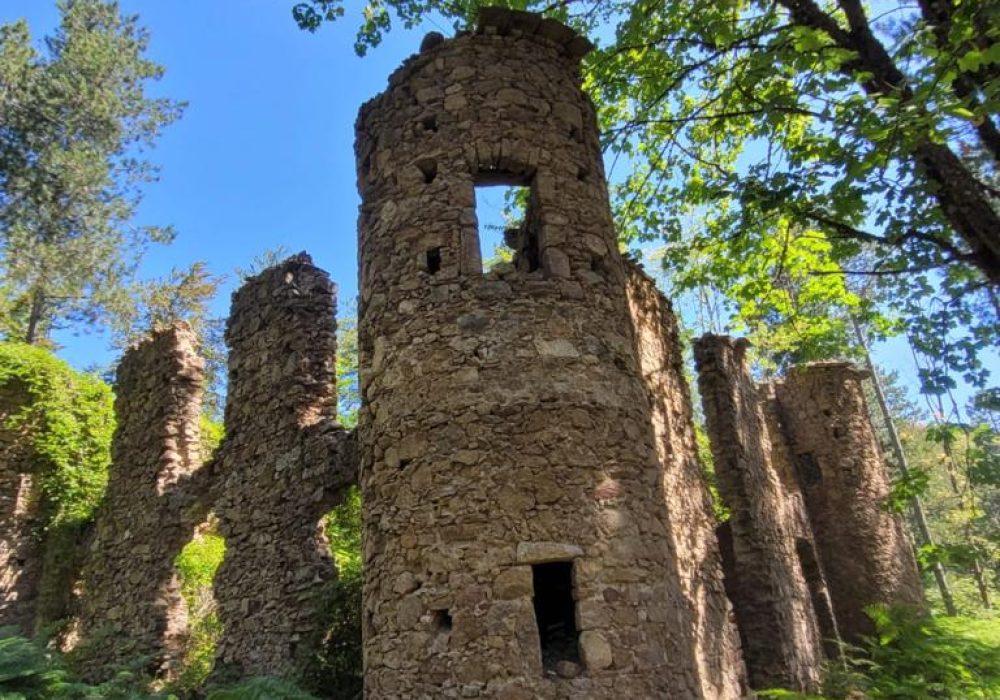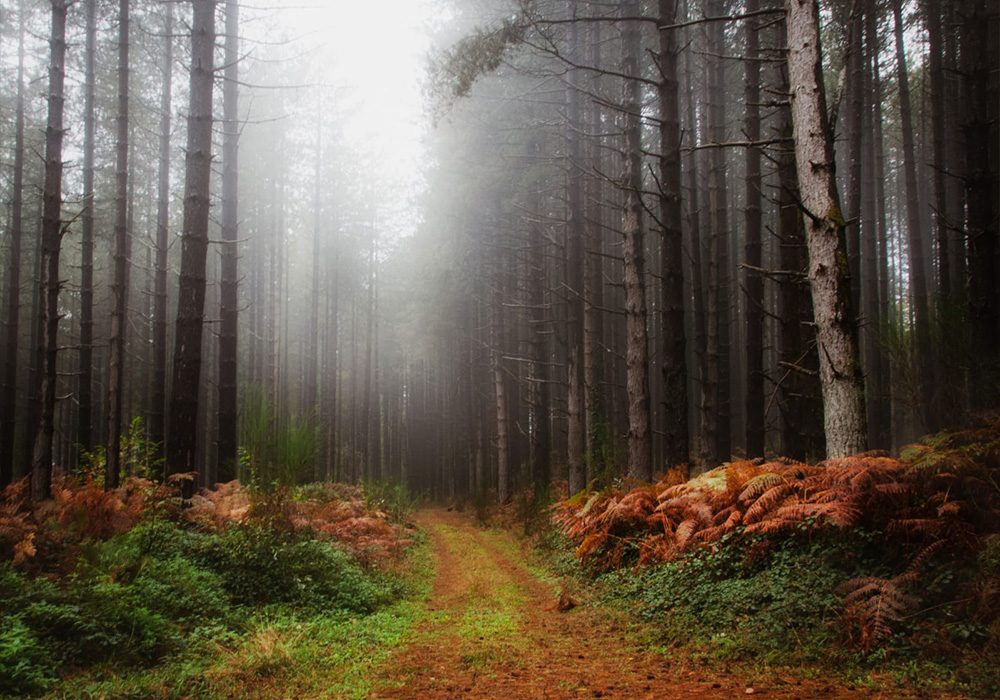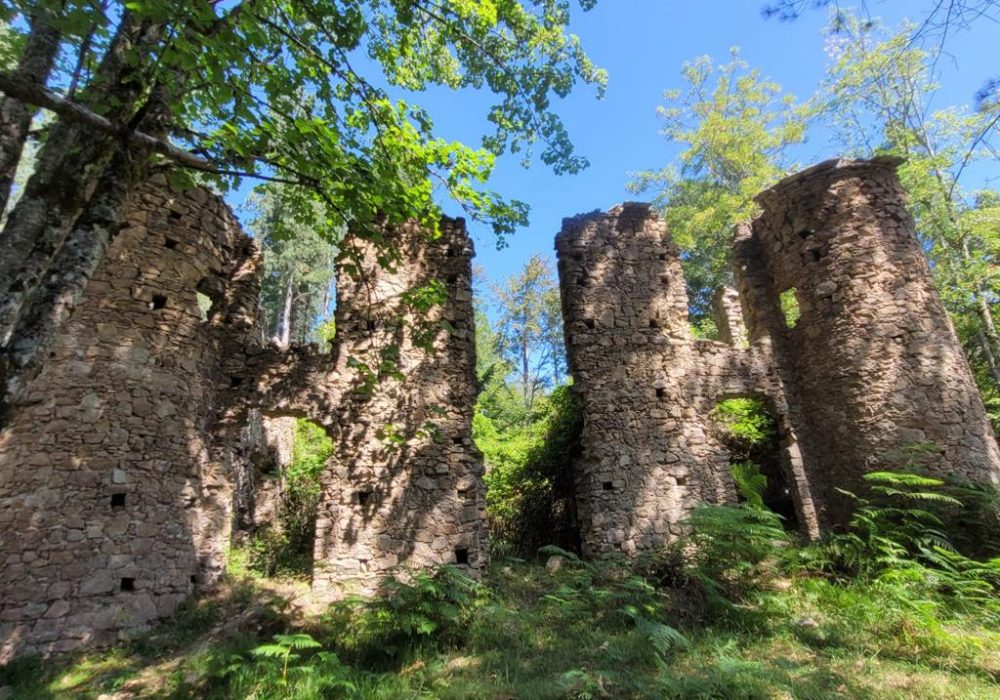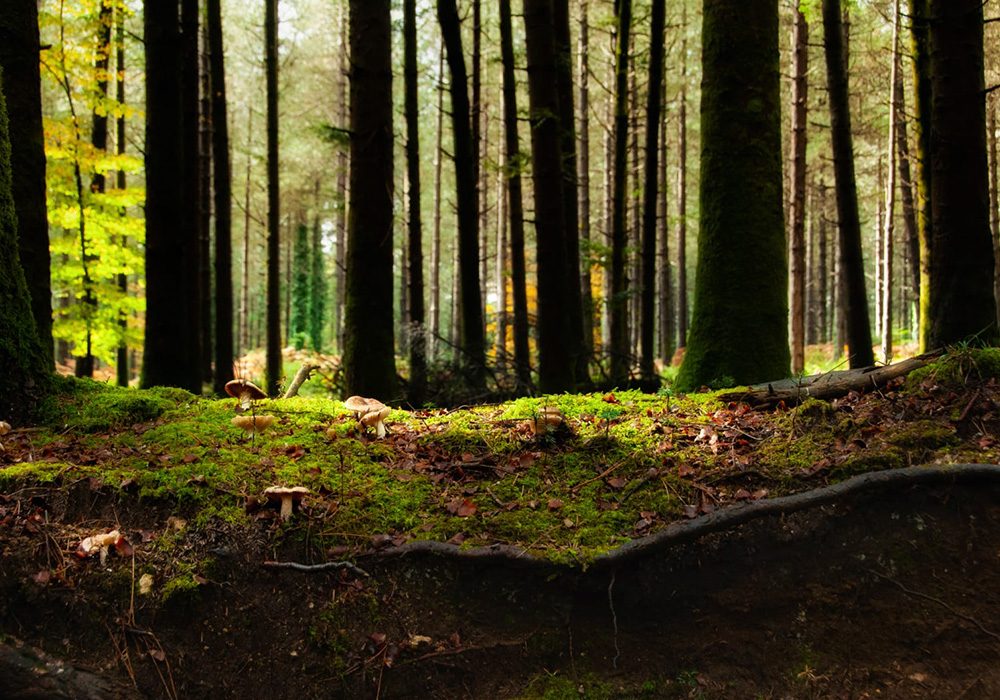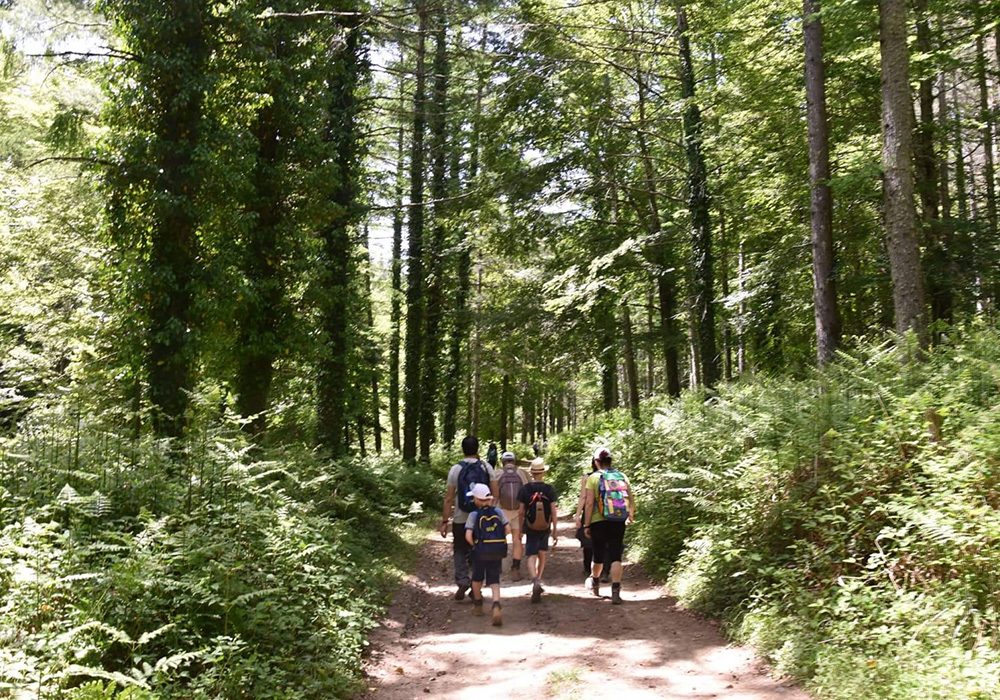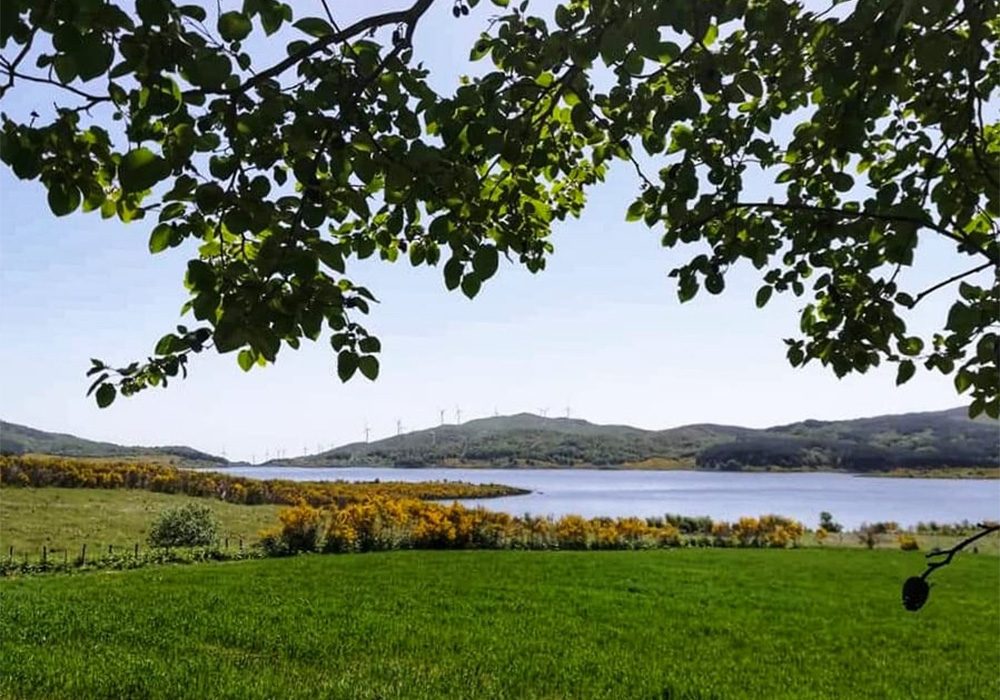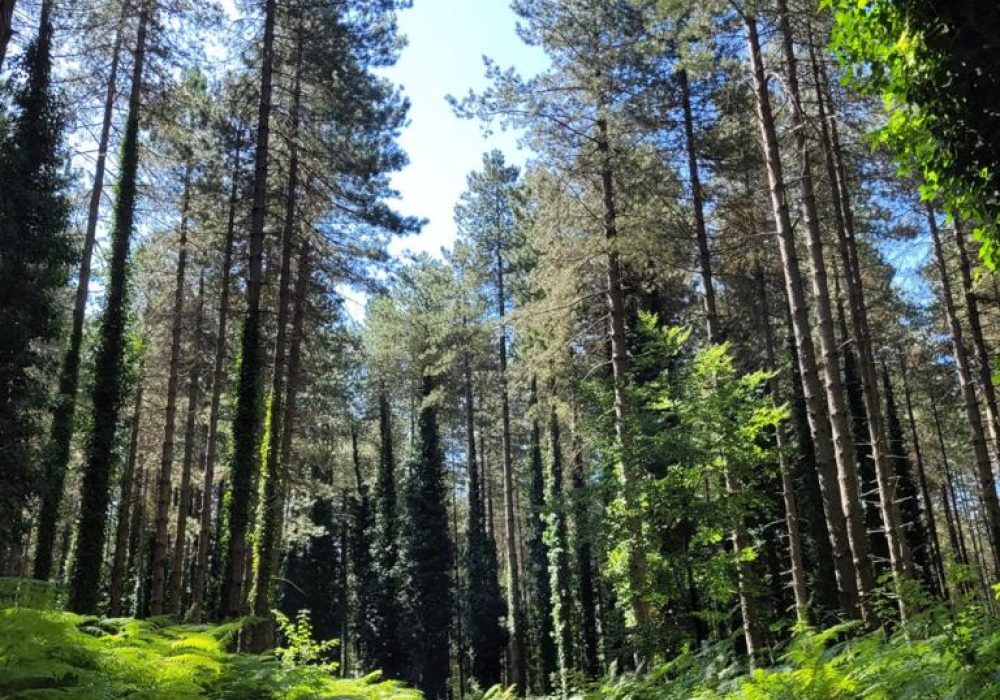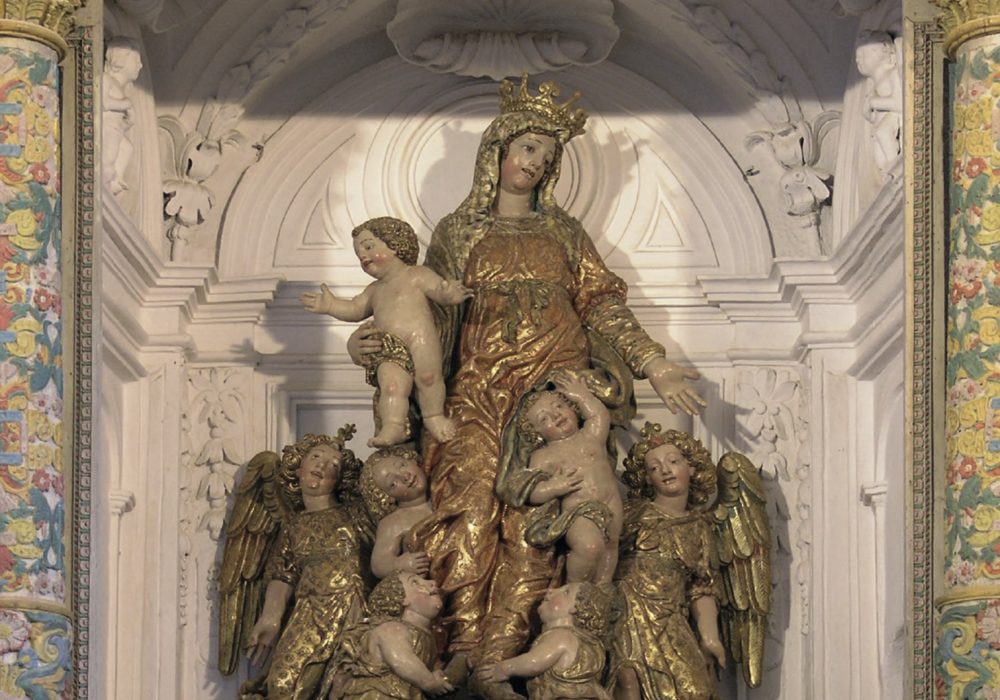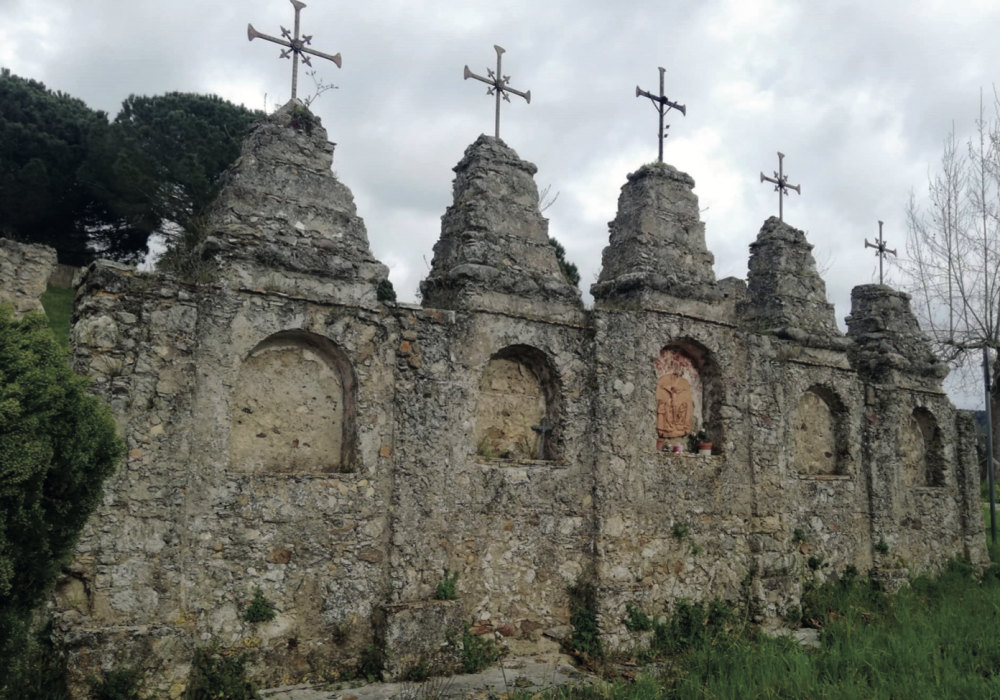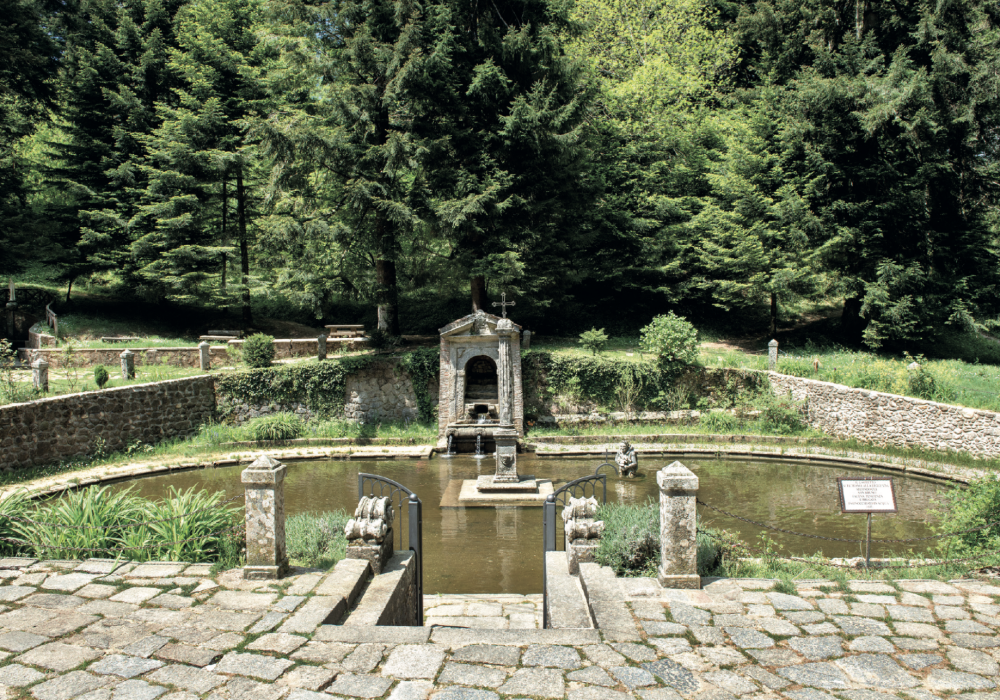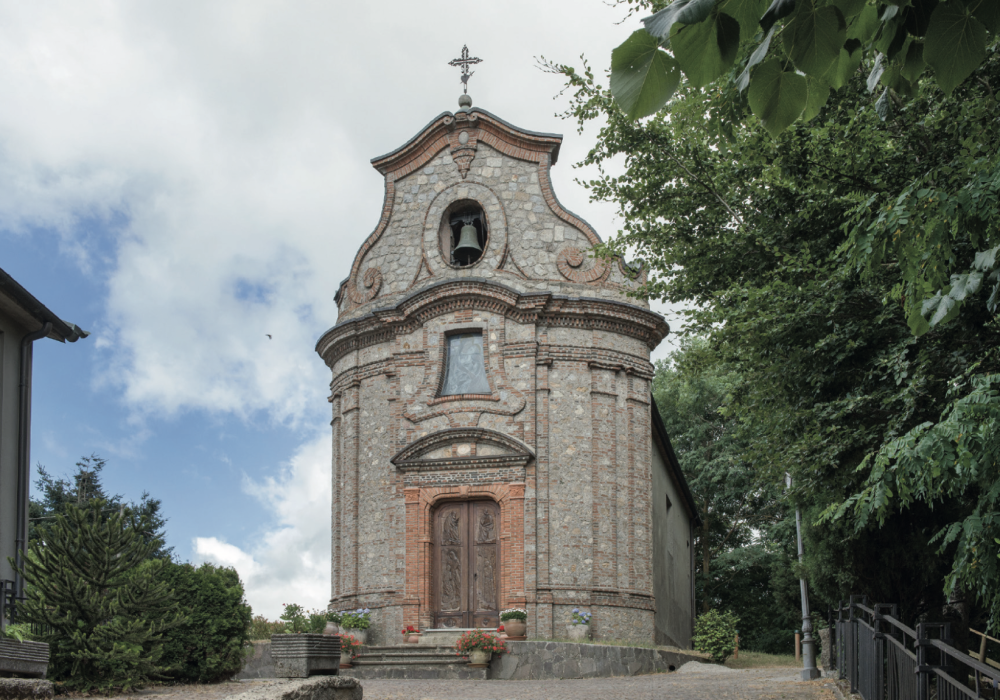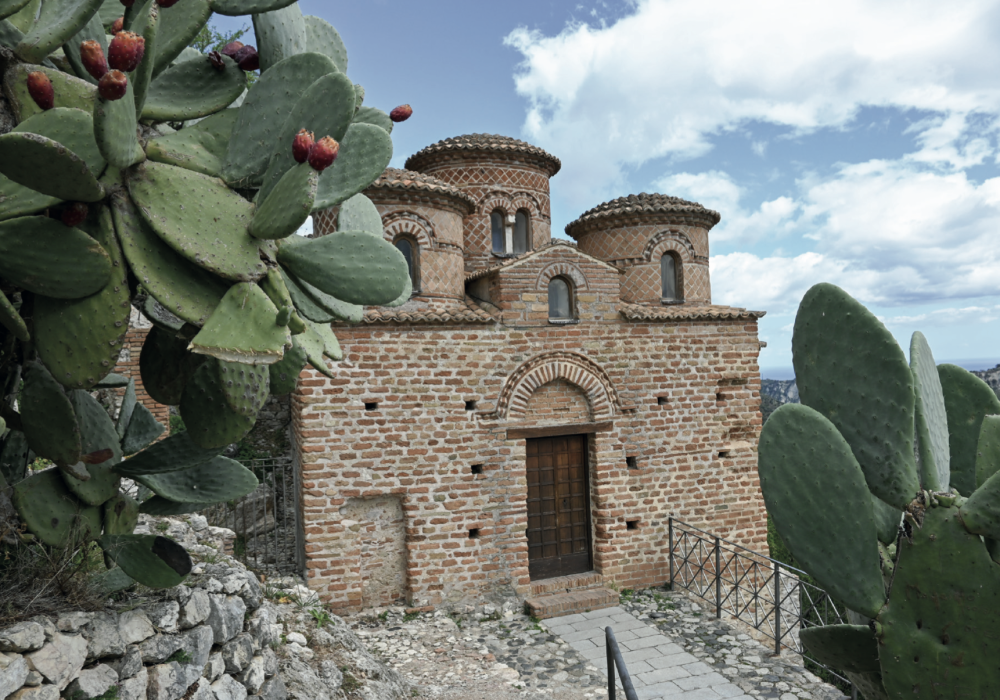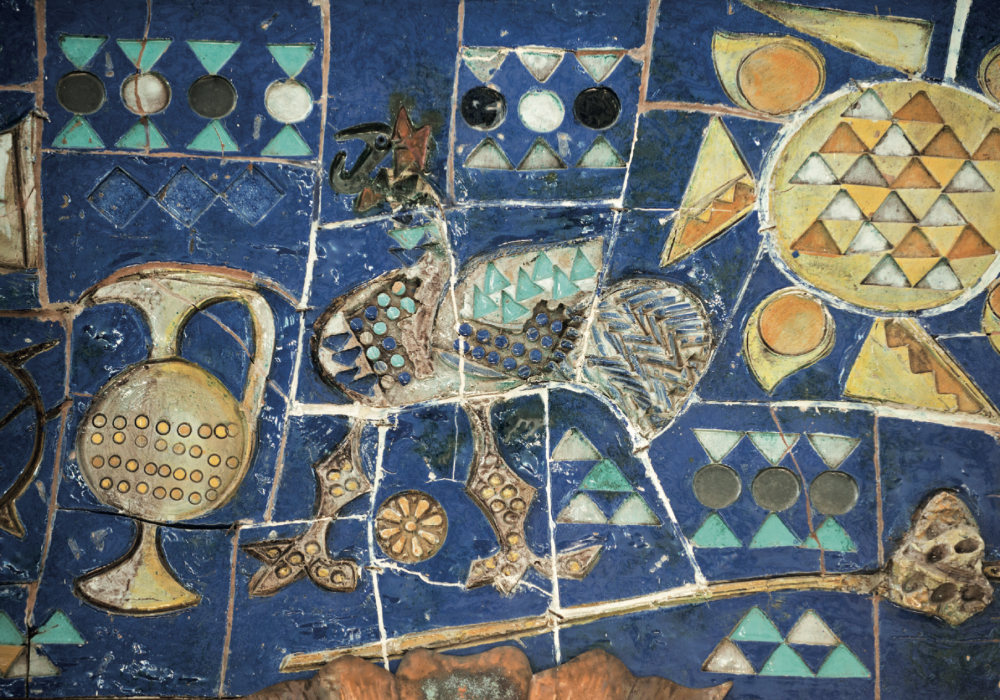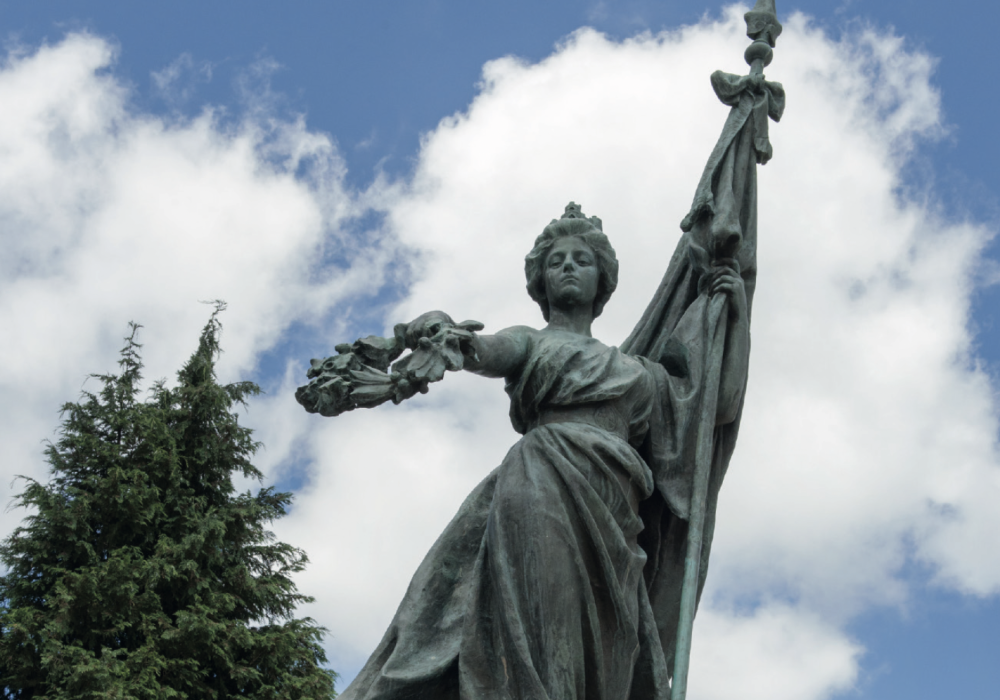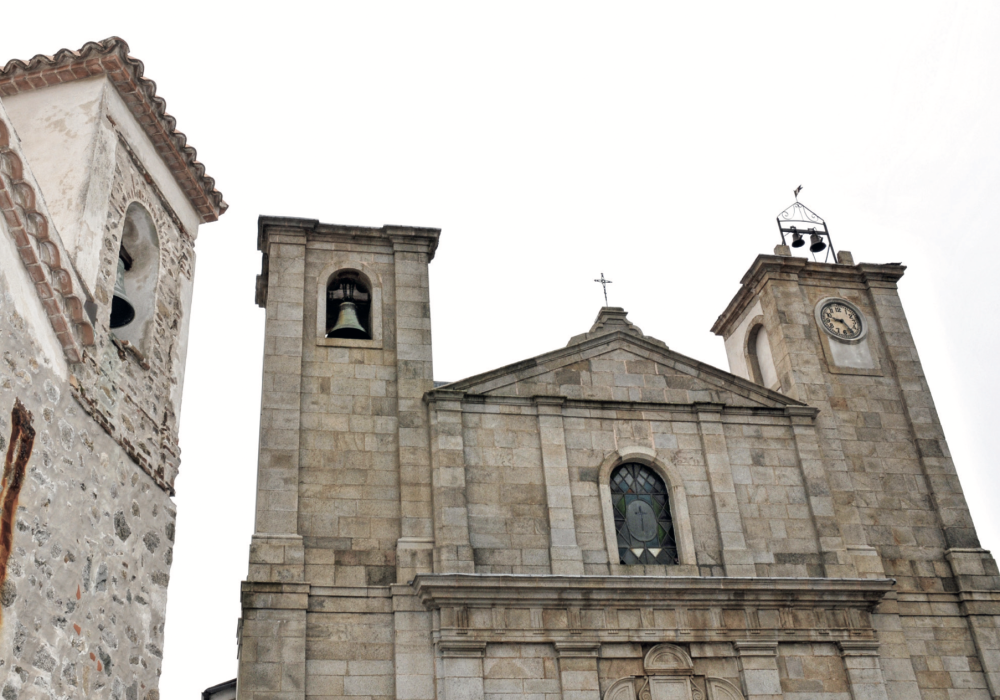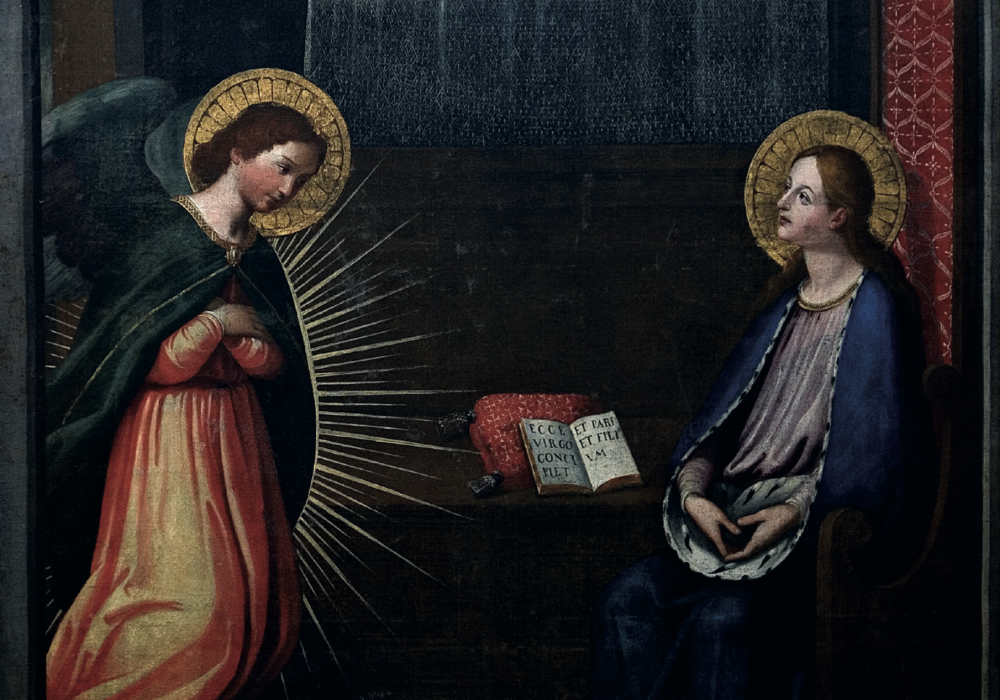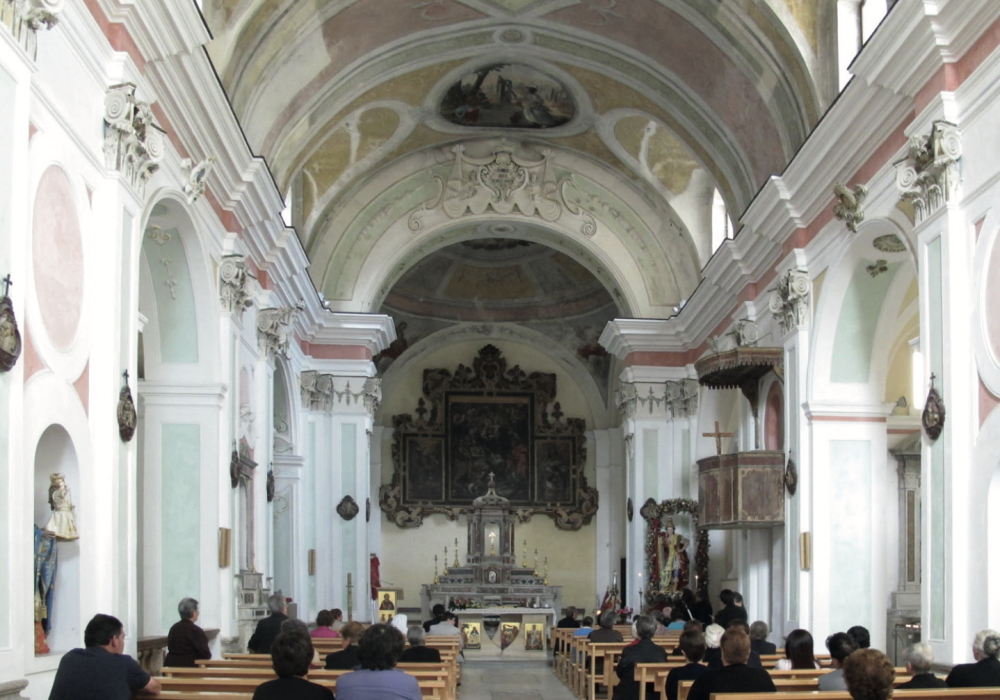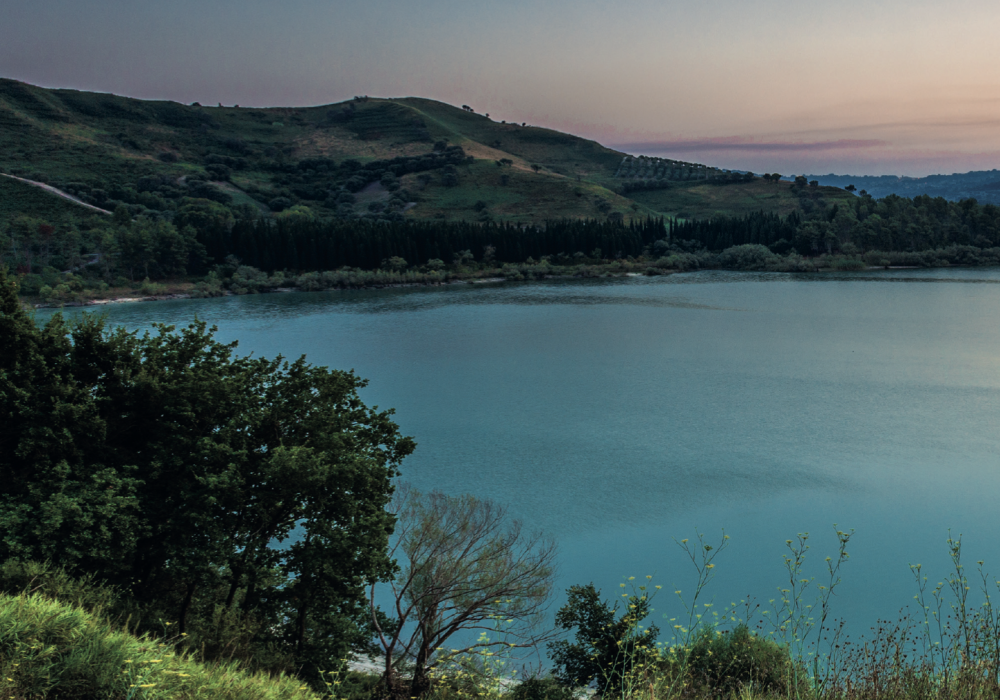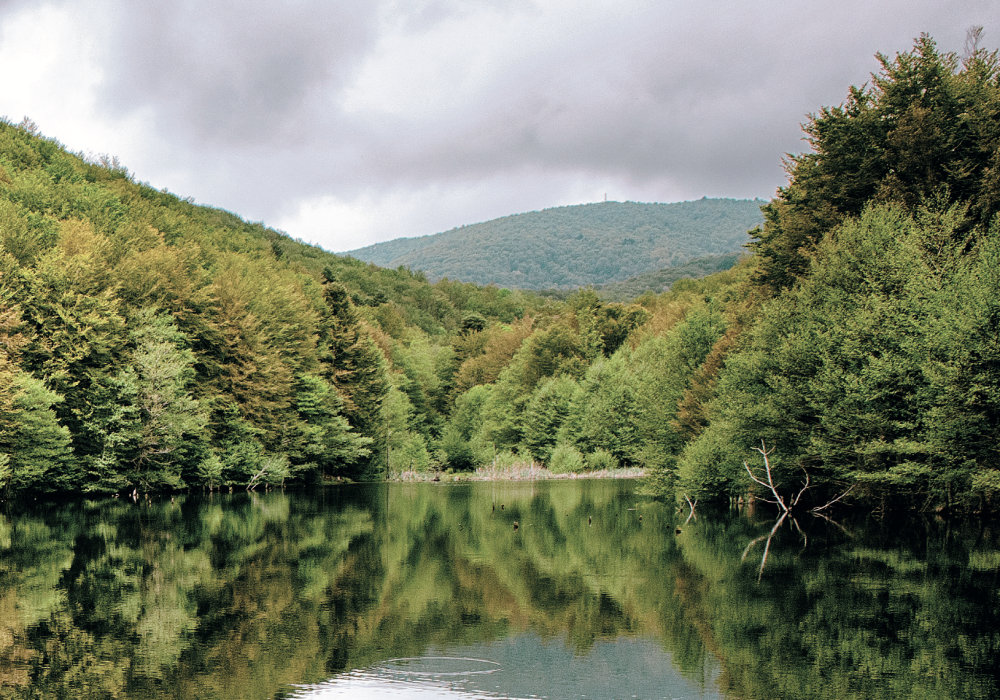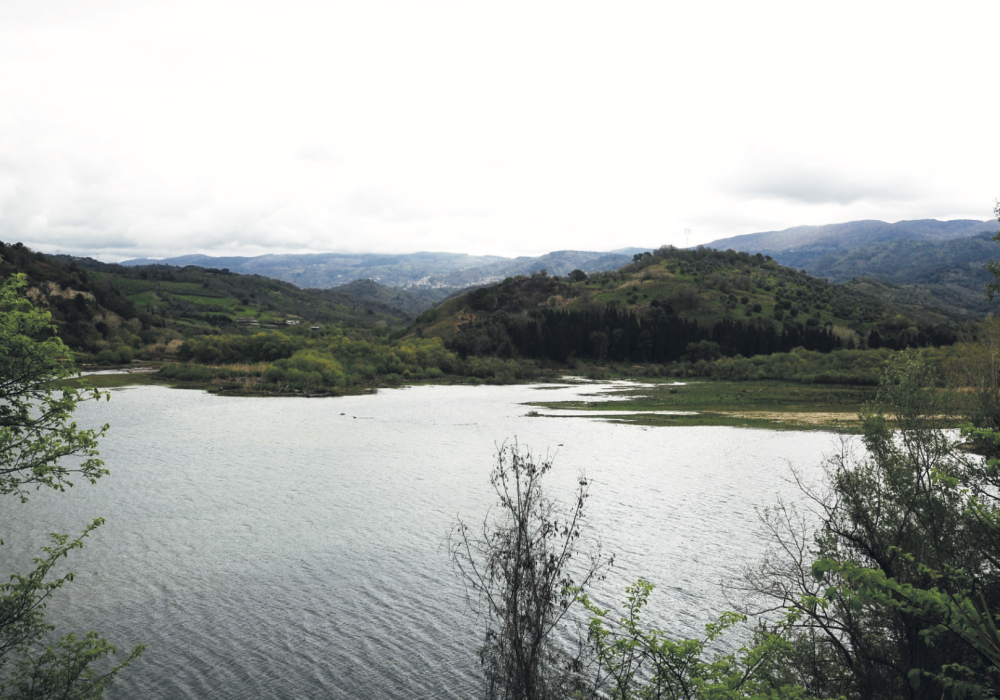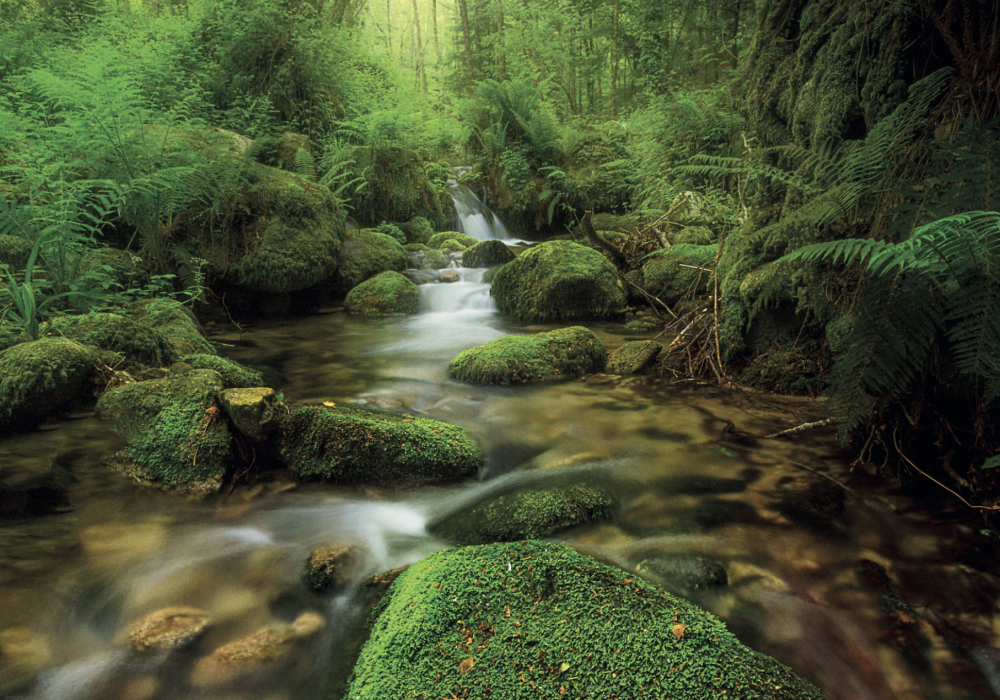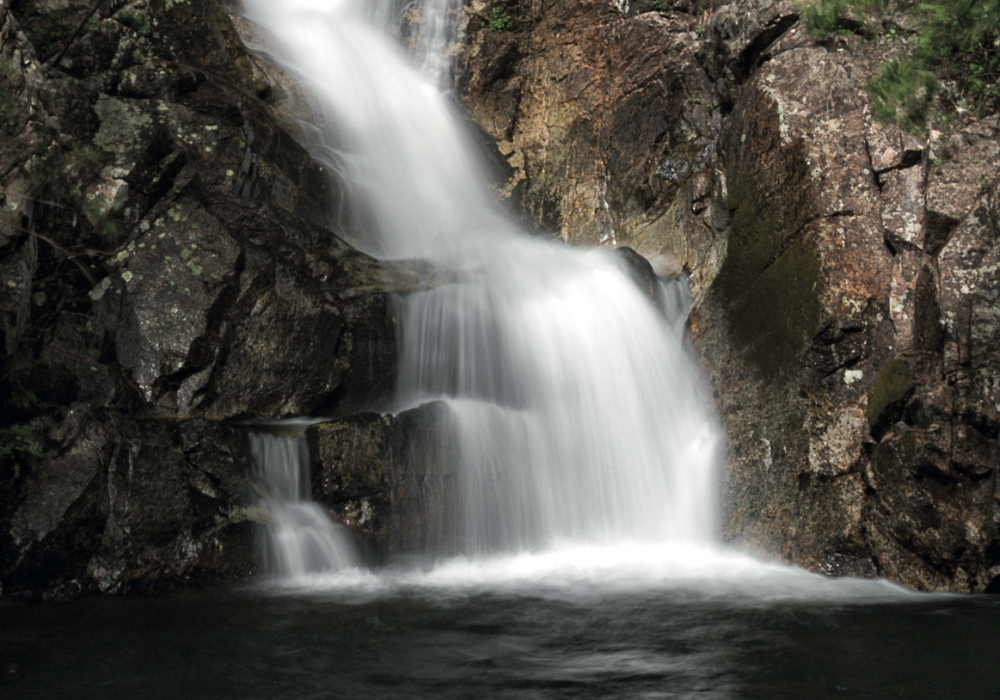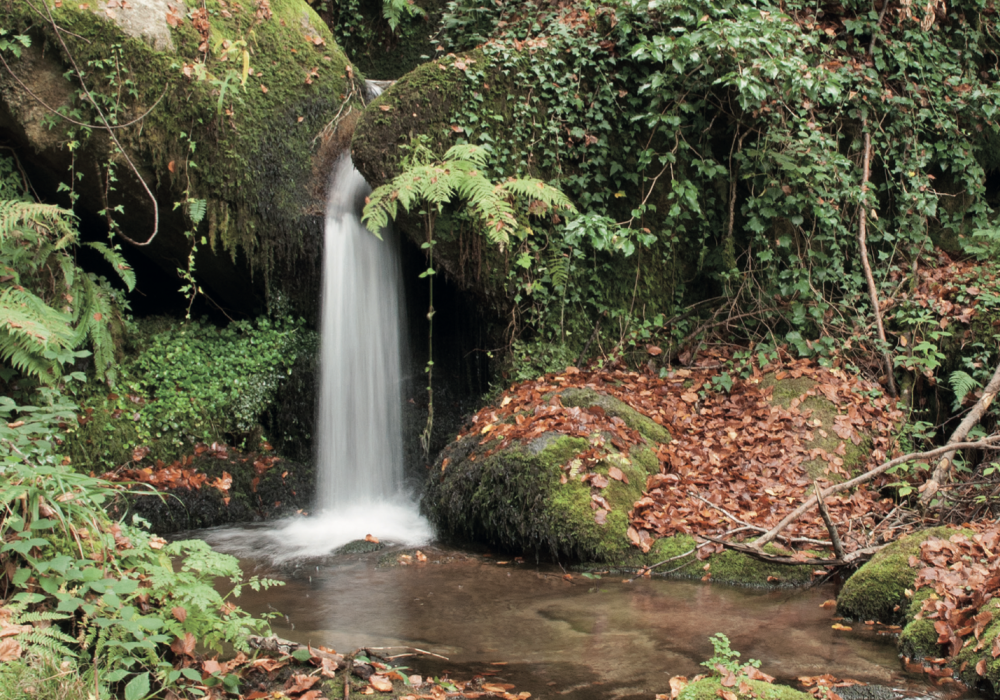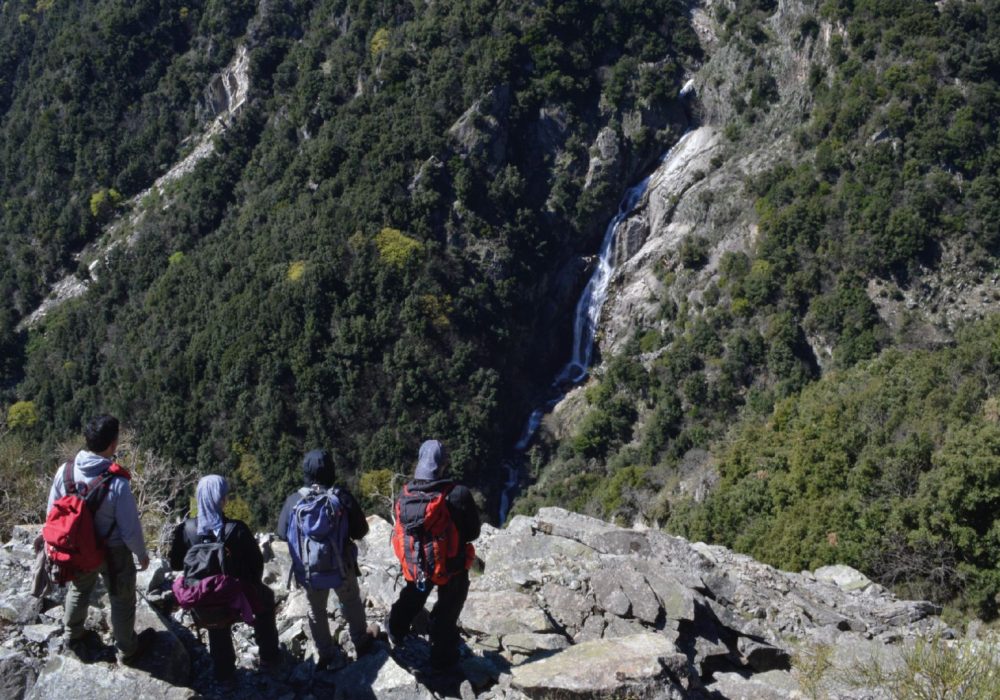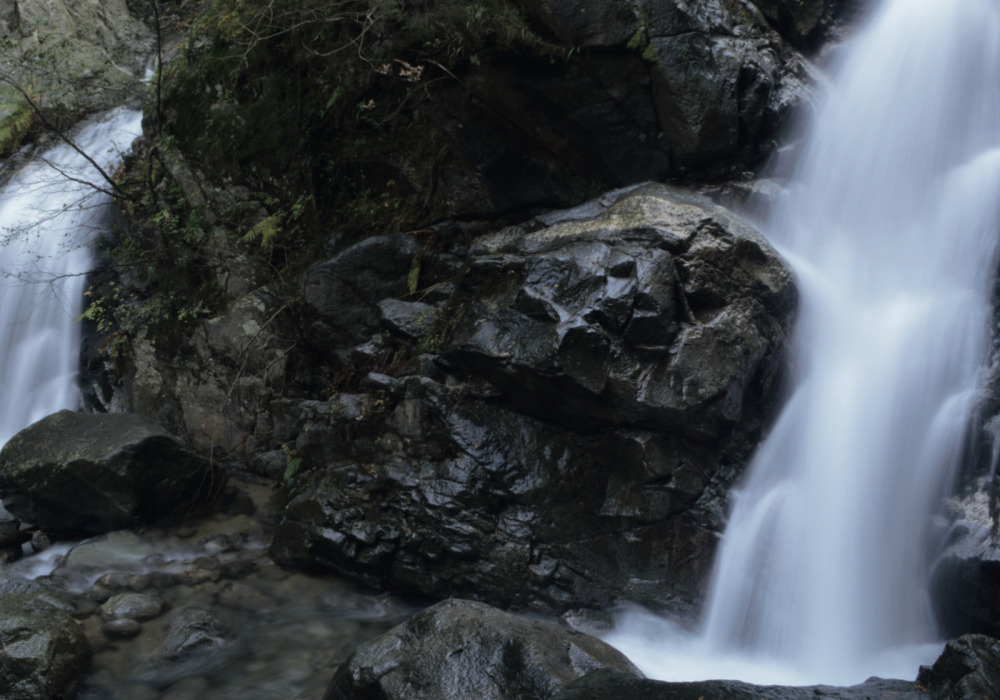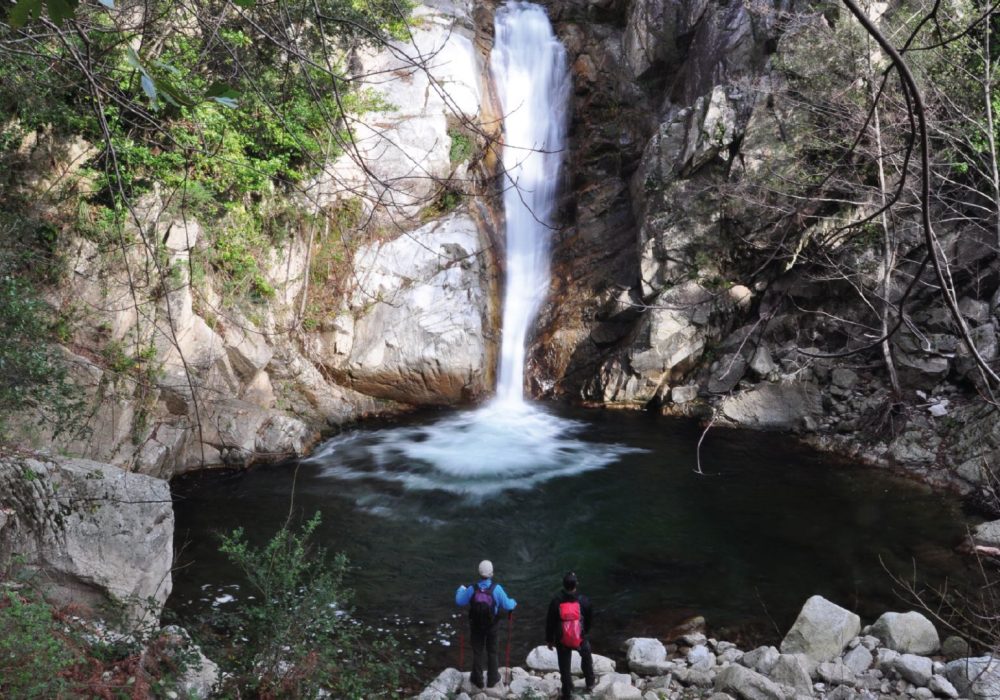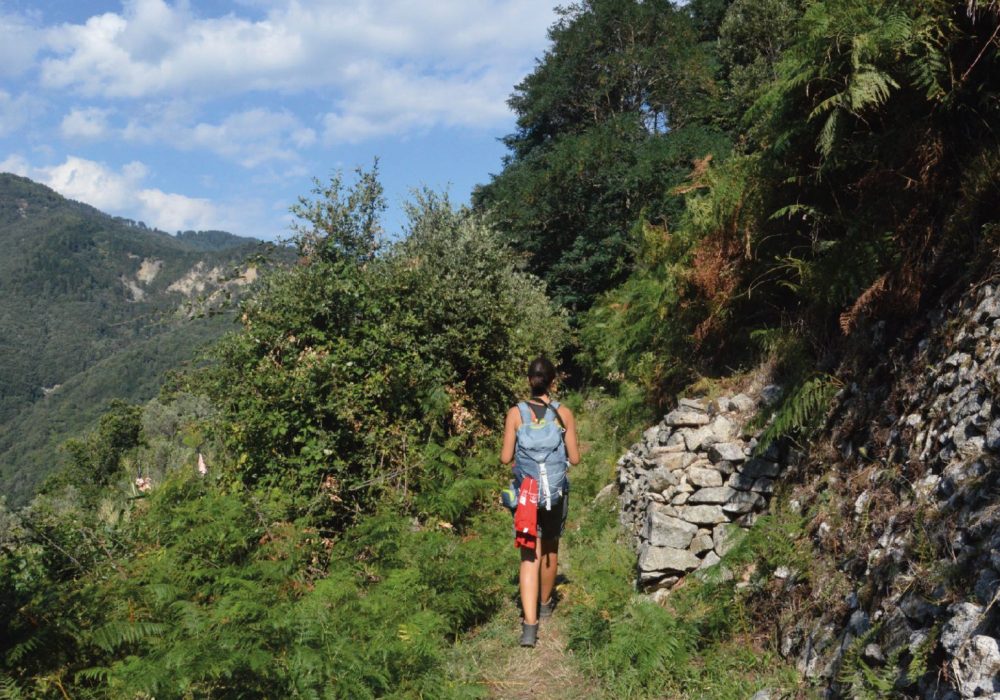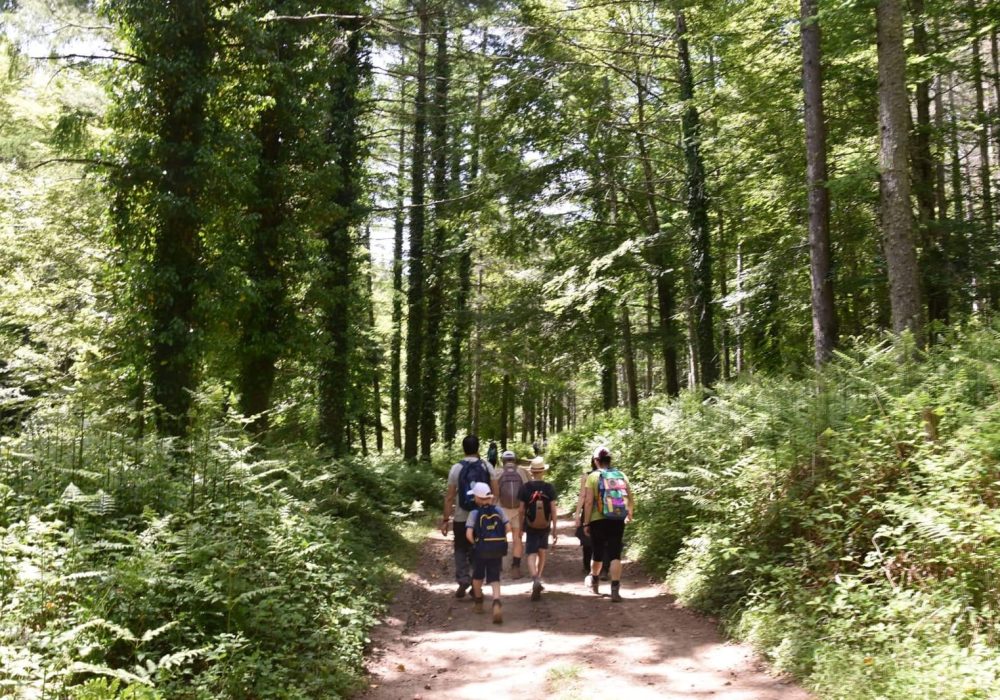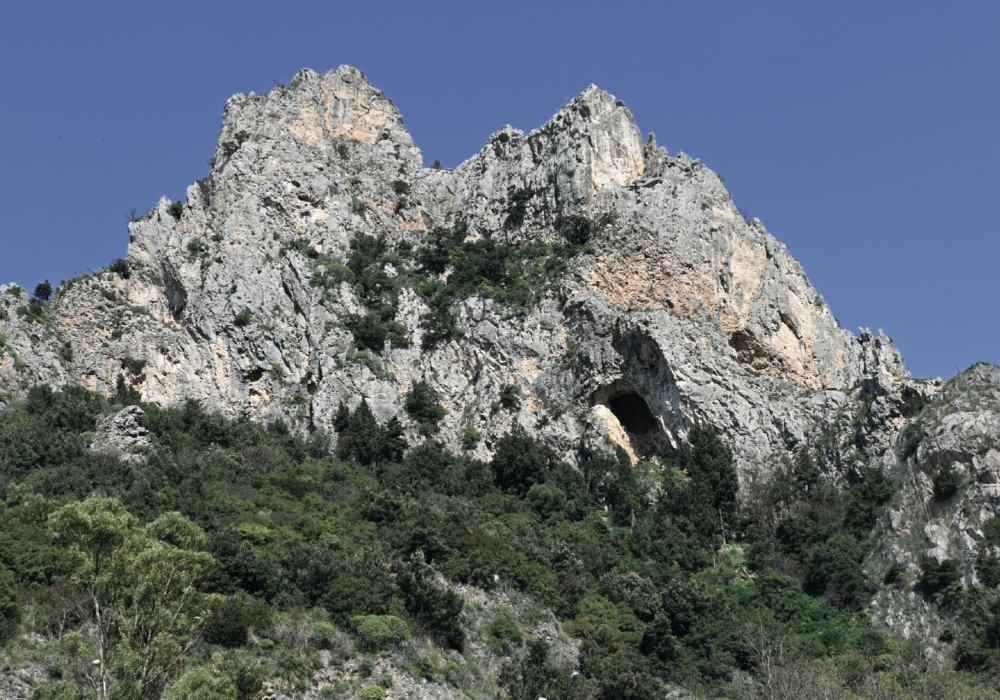Davoli
Davoli borders San Sostene and shares its structure and similar position on the Serre mountain range. The village is small but rich in evidence of its noble past, which is said to have originated in Magna Graecia. Already in the 14th century, the church of Santa Caterina appears to have existed and was in use; only a century later, that of Santa Barbara and that of San Pietro. Today’s Mother Church, dedicated to the Virgin and Martyr of Rieti, has a rather remote foundation dating back to the late 15th and early 16th century, although the current layout dates back to the 18th century, to be exact to 1795. The roof and ceiling are supported by a system of wooden pilasters that independently support the weight. Numerous marble altars, many of which are adorned with pictorial panels, add to the richness of the church’s heritage: we will mention the one of the Pietà, sculpted by Giuseppe Pisani in 1759, the one of fine Davoli borders San Sostene and shares its structure and similar position on the Serre devils. The village is small but rich in evidence of its noble past that is said to be of Magna Graecia origin. Already in the 14th century, the church of Santa Caterina was found to exist and to be functional; only a century later, the churches of Santa Barbara and San Pietro were found to exist. Today’s Mother Church, dedicated to the Virgin and Martyr of Rieti, has a rather remote foundation dating back to the late 15th and early 16th century, although the current layout dates back to the 18th century, to be exact to 1795. The roof and ceiling are supported by a system of wooden pilasters that independently support the weight. Numerous marble altars, many of which are adorned with pictorial panels, add to the richness of the church’s patrimony: we would like to mention the Pietà altar, sculpted by Giuseppe Pisani in 1759, the finely executed Holy Rosary altar, also by Pisani (1782), embellished with fifteen small ovals with painted Mysteries that crown the statue of the Virgin. There are also many valuable wooden works and silverware, such as the 18th-century monstrance with St Barbara and St Victor on the base, or the silver-foil reliquary of St Barbara by master silversmiths Catello of Naples.
The church of St. Peter houses the marble sculpture of the Immaculate Conception, wisely restored to the Flemish artist David Müller, who finely chiselled her hair by drilling it with exceptional skill. Strolling through the town, we will find many significant examples of granite workmanship by Serre stone carvers, especially in the portals, often decorated with apotropaic masks or phytomorphic elements, but also in the balconies and architectural mouldings, a sign of the cultural hegemony that the distinguished school of art had throughout the district. Also to be admired are the sumptuous portal of the ruined palazzo of the Count of Rajneiro, the mascherone of the portal of palazzo Gregoraci, where two splendid wrought-iron goose-breasted balconies also insist, and the double-ring portal of palazzo De Barberis, which exploits the alternation of smooth ashlars with double-pointed ones to create soft chiaroscuro effects. The profound devotion to the Virgin Mary and to the patron saint, Saint Barbara, is expressed through ancient and noble traditions, but one in particular deserves to be recalled in all its suggestiveness. We refer to the Good Friday procession with the image of Our Lady of Sorrows, which, by ancient custom, is accompanied by dozens and dozens of fir trees, carried almost in the arms of the faithful, from whose branches hang a myriad of wax candles encased in coloured paper. When the tradition of the Christmas tree did not yet exist at these latitudes, in Davoli the fir tree was already being used in all its beauty to illuminate the night walk of the Sorrowful Mother.
